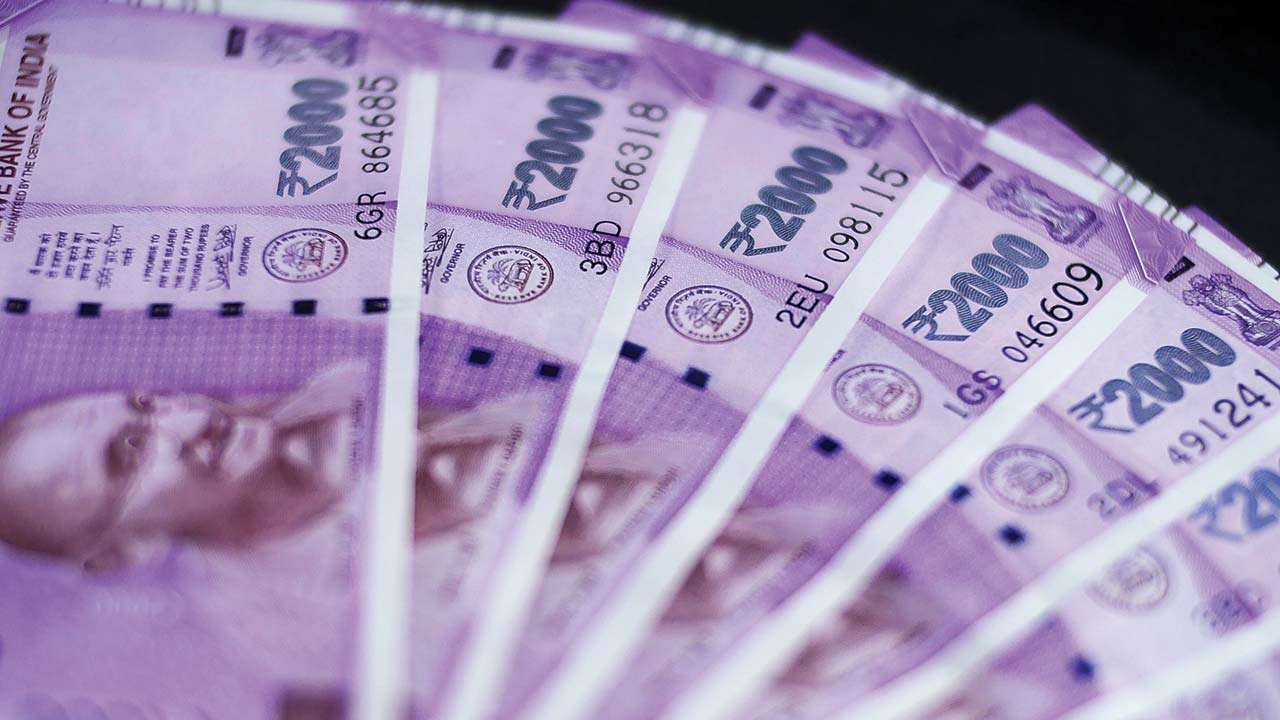
The Modi government has now allowed early withdrawals upto three times from New Pension Scheme Fund. In other words, a subscriber is now eligible for three partial withdrawals from National Pension System (NPS), however, each withdrawal should not exceed 25 per cent of the contributions made by the subscriber, excluding contributions made by the employer.
However, there is no restriction on withdrawals from the Tier-II account of the subscriber.
According to the official statement from the Financial Ministry, now facility of partial withdrawal from the mandatory Tier-I account of the subscriber has been reduced from 10 years to 3 years from the date of joining.
Besides, the minimum gap of 5 years between two partial withdrawals has also been removed w.e.f. August 10, 2017.
Money withdrawn from NPS account at the time of retirement or reaching 60 years is exempt up to 40% of the accumulated balance. The subscriber has to buy annuity from an insurance company to the extent of 40%. For the balance 20% the subscriber can either buy annuity or withdraw it and pay tax on it. As the scheme allows you to withdraw the money in full if the accumulated corpus is less than Rs 2 lakh, you still have to pay tax on 60% of such withdrawals as only 40% of the accumulated balance is exempt.
Until May 2018, the NPS and the Atal Pension Yojana (APY) have a cumulative subscriber base of over 2.13 crore with total Asset Under Management (AUM) of more than Rs. 2.38 lakh crore.
Earlier, Arun Jaitley had announced that the Centre would raise its contribution to 14 per cent from the existing 10 per cent. He also informed that 60 per cent of the withdrawal from NPS will now be exempted from tax.
The move would benefit over 36 lakh central government employees.
National Pension System (NPS) is a government-sponsored pension scheme that was launched in January 2004 for government employees. However, in 2009, it was opened to all sections.